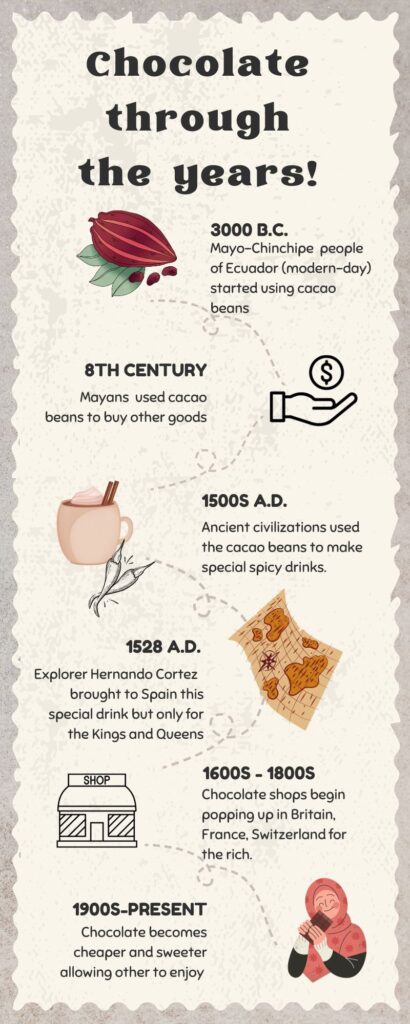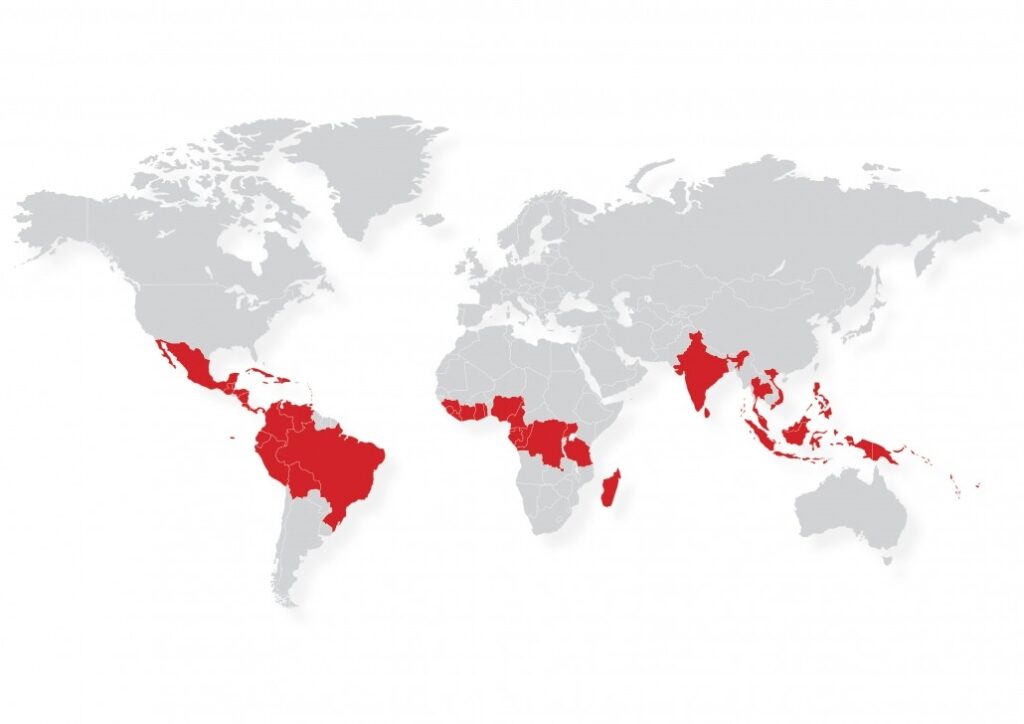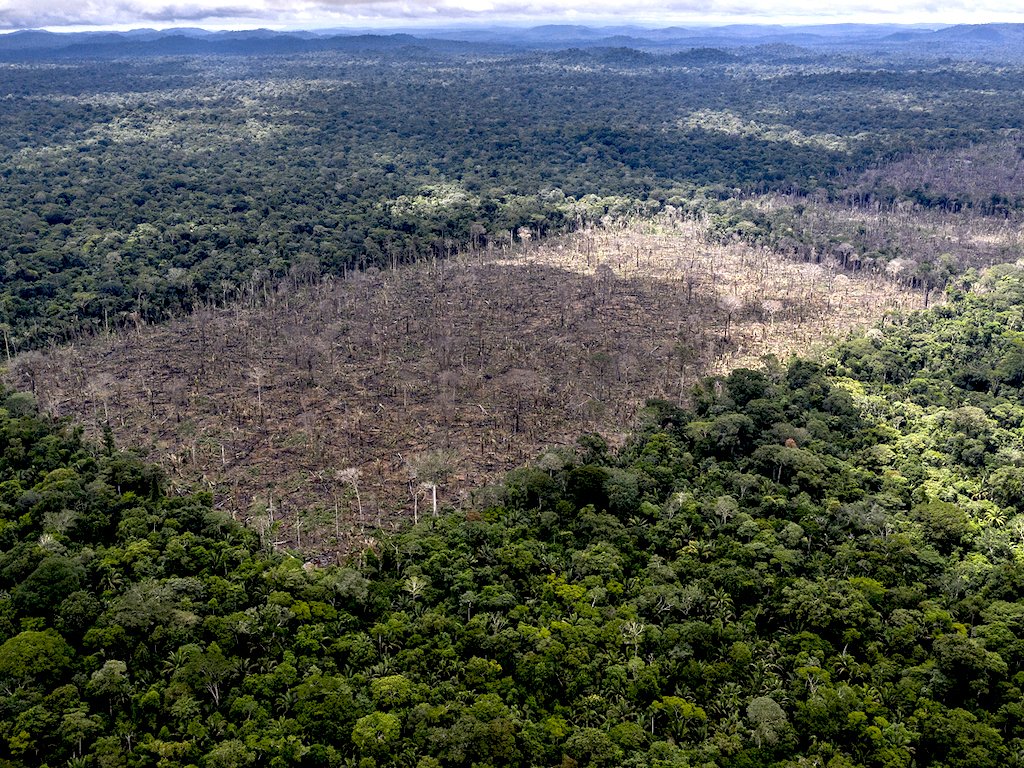The Wonderful World Of Chocolate: Exploring the Sweet Tasty Treat
Milk! Dark! Semi-Sweet! Chocolate is a favorite among most people in the world. From getting chocolate bars during Halloween to opening a fresh carton of chocolate milk at school. We enjoy this sweet treat all year round. But how does the chocolate get in front of us and into our mouths?
Ancient Treasure to Modern Treats:
Where does chocolate come from?
Chocolate comes from the cacao (ka-kow) tree. This tree produces different color pods – yellow, white, brown – that hold the cacao beans. Cacao beans are the raw form of chocolate. One tree a year makes about 70 pods with 20-60 beans in each pod. That is over 4000 beans!

The earliest people to use cacao lived in Ecuador (modern-day) around 3300 B.C. and Mexico (modern-day) around 1800 B.C.During the 8th century, Mayans believed the cacao tree was “food from the Gods.” Due to the religious connection, civilizations held the tree to great importance.
FUN FACT: In ancient civilizations, they used cacao beans as a form of money!
In the early 1500s (over 500 years ago!), cacao became popular in Mexico and Central America. Aztec, Mayan, and Toltec civilizations started cultivating cacao trees since they grew wild in this environment. Using the beans for ceremonial practices. The civilization rulers made drinks using cacao beans with chilies (ancient chocolate milk), making the drink bitter but spicy.
How did Europe and North America get this sweet treat?
You can thank Spanish explorer Hernan Cortes for introducing the cacao bean to the Northern Hemisphere. He brought back a ceremonial beverage from the ancient Aztec ruler Moctezuma II in 1528, called xocolatl. Yet, this drink was bitter and not tasty to the European Kings and Queens. They decided to add sugar and cream to make this drink sweeter.
About 100 years later, in the 1600s, chocolate shops in Europe were opening, but only for the rich. A few centuries later, cacao has become cheaper and easier to produce. By the 1900s and several additions (sugar, butter, etc.) later, everyone could enjoy chocolate.

For more information on the timeline click here:
Location
Currently, cacao trees only grow about 20 degrees North and South of the equator. And the best location is the rainforest because of the cacao climate tolerance. Cacao trees are in Central and South America, West Africa, the Caribbean, and South Asia. The countries that produce the most beans worldwide are Ghana, Côte d’Ivoire, Peru, Indonesia, Jamaica, Ecuador, etc. These countries are known as the Cacao Belt.

Climate Conditions
Four climate factors contribute to the success of healthy trees:
1. Temperature – Cacao trees grow along the equator, where it has constant temperatures. The highest temperature is 90 degrees, and the lowest is 64. The cacao tree will not grow healthy and produce beans if the temperature is higher or lower.
2. Rainfall – For any plant to grow, it must have water. But cacao trees need a lot of water. It should rain about 1500 mm-3000 mm a year. The trees will no longer survive if there is a dry spell (under 100mm) for over three months.
3. Humidity – A hot and moist atmosphere is the way to go for cacao. The trees are happiest when the relative humidity is close to 100%. Humidity is like the room is covered in a damp, moist blanket or the feeling after a heavy rain. The lowest humidity the cacao trees can survive is 60%. The lack of high humidity is the leading natural factor for low production.
4. Shade – These trees are from the Amazon rainforest and don’t need heavy sunlight. Unlike other fruit trees, they are not dependent on sunlight to grow. Young cacao trees (under five years) need about 70% shade when developing. The lack of sun helps the trees stay moist and protects the soil for future growth.
Movement
Cacao trees originated in the Amazon Rainforest. The Amazon Rainforest is over 6,000 km from Africa and over 16,000km from Southeast Asia. So why did these species travel to Africa and Asia? MONEY!
Once the Europeans tasted the cacao beans and realized the benefits of the cacao tree, they wanted a piece of the chocolate. Unfortunately, the demand for chocolate was too high and there was not enough land. Spain, Britain, and France could not grow the enough amount of chocolate in Central and South America to make money. The countries had to come up with a solution.
These countries had to find a location with similar temperature, humidity, rainfall, and shade. Such areas that match the climate of the Amazon are in Southeast Asia, West Africa, and the Caribbean. This movement of cacao was a part of the Columbian Exchange.
Here is more information about the Columbian Exchange
| Cacao Introduction | Countries | Year |
| Spain | Philippines and Indonesia | 1560 |
| Britain | Jamaica and Nigeria | 1655 and 1880 |
| Germany | Cameroon | 1886 |
Human Interaction
GOOD:
Cacao trees have become an economic resource for many countries around the world. The beans or shells are used for cooking, beauty products (lotion, makeup, soap), bedding material for livestock, medicine, and energy. Cacao trees provide the world with a lot of money and jobs.

Bad:
Cacao farmers have to deal with environmental issues such as deforestation and erosion. The want for cacao beans is rising, which leads to the need for more land.
How do they get this land? Deforestation.
Deforestation is removing trees for other uses through cutting or burning. When farmers cut down forests to plant cacao trees, they are destroying wildlife’s livelihood. Forcing animals like tigers, birds, and snakes to find another habitat. They also end up losing food sources and hiding spots from predators. And worse become extinct.
An effect of deforestation is erosion. Erosion is the damage to the soil due to wind, water, or human activity – like deforestation. Because the trees are no longer there, it allows heavy rain to wash away nutrient-rich soil.
Also, if the trees are removed by burning, it destroys the nutrients that grow and produce cacao beans. There is always the bad with the good when dealing with resources. The only way to combat the bad is to continue discussing the issues. And creating new technology to produce cacao in a safer way for the environment.

Chocolate has an interesting history dating back to 3300 B.C. The cacao tree and its fruit have traveled all across the world. Bringing its delicious beans to people far and wide from ancient rulers to people like you.
While the way we use the cacao bean has changed over the years, one thing has not changed the enjoyment! The next time you drink chocolate milk, go trick-or-treating, or even use a cacao beauty product. Remember, it all started with a tree in a warm and rainy place.
Tasty Activity!
If you want to try Xocolatl drink, here is a recipe:
2 3/4 cups water
1 green chile pepper, sliced
1/8 cup unsweetened cocoa powder
1 tsp vanilla extract
Directions:
- Put 3/4 cup of water and the sliced green chili (including the seeds) in a pot and bring to a boil. Let it boil for 5-10 mins, so the water takes on the chili flavor.
- Strain it to remove the chili and the seeds, then put the water back in the pot.
- Add in the other 2 cups of water, put it on medium heat, and bring it to a boil again. As it’s heating up, whisk in the vanilla extract.
- Finally, once it’s boiling, add in the cocoa powder and keep whisking for another 5 minutes or so. You’ll notice the mixture froths easily, but it’s not a very thick froth.
- Then ENJOY!
Recipe by: Melting Mug: Recipe – Xocolatl, the Original Hot Chocolate
Vocabulary Builder:
- Cultivating – to prepare and use land for plants and gardening
- Relative Humidity – tells us how much water vapor is in the air, compared to how much it could hold at that temperature. More on Relative Humidity
- Economic Resource – factors used in producing goods or providing services
- Deforestation – cutting down or burning trees for other uses
- Erosion – soil is worn away and moved due to wind, water or human activity

